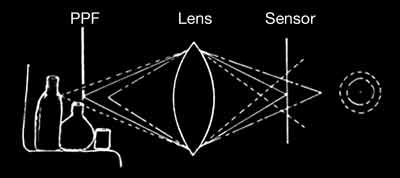Using Blur on Subject & Environment
Over the past few years the appearance of the non subject parts of photographic images have started to be called 'Boke' or 'Bokeh' (which many pronounce 'Bouquet') supposedly after the Japanese term for blur; or is it 'senile fool' as one translation suggests! I rather thnk we should be calling it Bucket, or 'BQ' to the cognoscenti.
I suppose it sounds a little more purposeful than fuzz or blur and you can probably sell articles by repackaging what was common place to photographers by giving it a new name: 'Bokeh' ~ think this old cynic will stick to BQ (Bucket Quality)
In a photograph the look of the 'photographic environment' in which the point of interest is located, is due in the main to the fact we are using a lens to focus points in space onto a fixed plane (Film or Sensor).
A lens can only focus points on one plane onto the Sensor as sharp points per exposure, the points in front of and behind the ones we are focused upon, will be out of focus by a greater or lesser degree. Non subject elements that are on the same plane as the subject can be dealt with by other in-camera techniques (ref notes on masking and blur/flare filters).
We normally focus on the subject (the eyes if it is a head shot) and we have an expectation that the subject will be sharp i.e. in focus - all visible points of the subject fall within the Depth of field
What do we mean by being 'In or Out of Focus'?
Any point on the subject that appears sharp when we focus (is reproduced as a 'sharp' point on the sensor) is on the Principle Plane of Focus (PPF) points in front of and behind the PPF appear as progressively less sharp why? well its down to the size of the fuzzy blob (Blur Circle) they make on the Sensor which I have attempted to show by the dotted circles below.
If you move the cursor over the image you will see the effect stopping down
has on reducing the size of the fuzzy blob or Blur Circle to give it its technical name
( The term Circle of Confusion refers to a specific size of Blur Circle in given conditions)
At the position a point has grown to a size that the eye can see a difference i.e. a Fuzzy Blob rather than a 'sharp' point, we would say it is out of focus (soft); so the distance up to that position on either side of the PPF is the 'Depth of Field' for that lens setting check out: DoF & CoC notes in earlier section.
One must also remember it is not just the size the Blur Circle on the sensor, but rather its size in the final image and the viewing distance. If your final image is to be 20x larger than the sensor size, the Circle of Confusion (Blur Circle) on the sensor will have to be 20x smaller. Because as you enlarge an image the Blur Circles get bigger and depth of field reduces, the last point to become 'soft' will be on the PPF. and the closer the viewer is to the 'print' the smaller the value of the Circle of Confusion used needs to be if it is to appear sharp.
The Bucket area (i.e. the non subject area) if it is not a continuous tone will have a pattern/texture of shapes of varying density/intensity; how the optical system reproduces the detail in this area is what I call the the Bucket Quality (BQ) for want of a better term.
The further an object say a leaf or a point of light is from the PPF the greater the effect the shape of the Iris diaphragm or Entrance Pupil will have on that point as can be seen in the following examples.
This is a 'In Camera' or 'As Shot' effect not a Post Processing furtle.
'BQ' is a rich ground for this 'senile fool' to experiment with the 'punctus contra punctum' of subject and environment in fact some imaging systems are introducing the depth of field effects/artifacts to make images look more photographic!
Here is a serendipitous example I shot last Autumn when out in the woods, the main subject was a Squirrel on the edge of a trunk and behind I could see this blurred out image so keeping the same focus I framed and shot this for the pot.
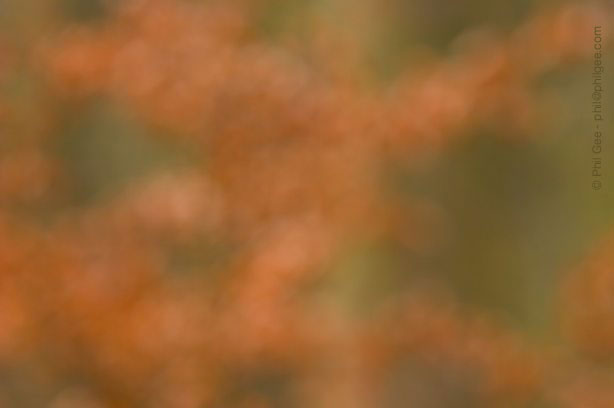
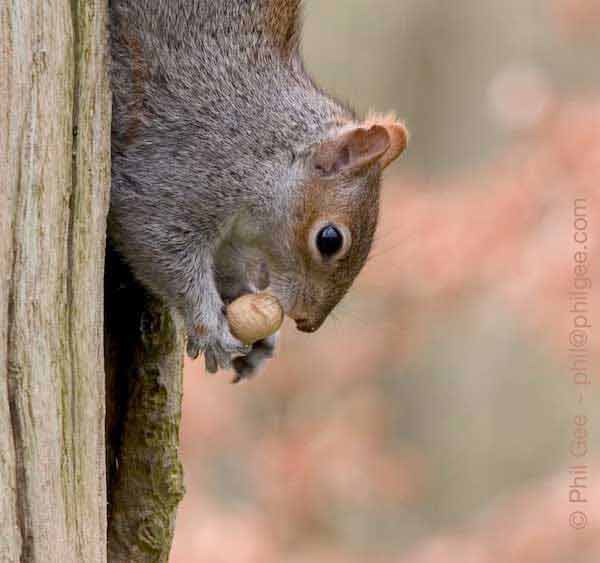
In the following examples look at the size of the out of focus circular blobs using a wide aperture has created. Same lens use in both cases ƒ2.8 70 - 200mm first shot using full frame chip 5D second a smaller x1.6 chip 40D both as shot no pp just cropped
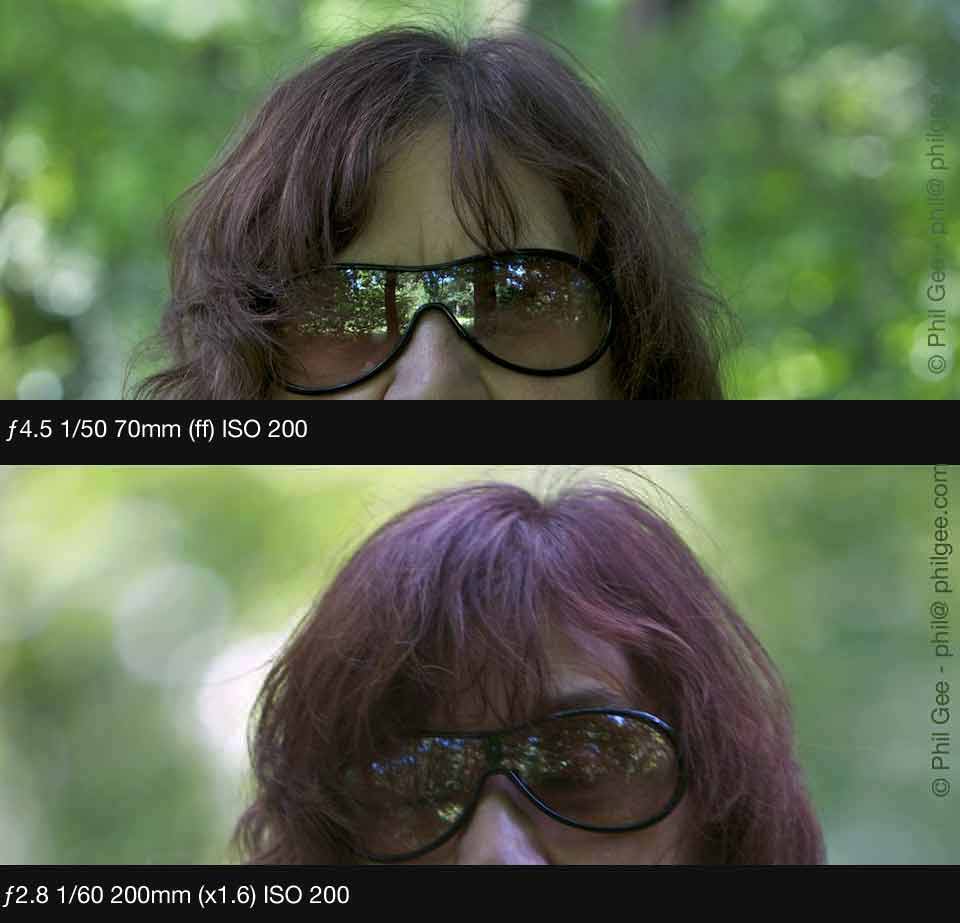
Photographers have been shooting out of focus images intentionally for years they make ideal backgrounds for title shots. and with the advent of the computer and post processing tools what could once take days now takes minutes.
They have also been using this technique to separate the subject from background create 'atmosphere' etc... in camera. This is where the art and craft combine and the photographer becomes more than just a recorder of facts and produces a image which transcends a mere record shot of an inanimate object, and communicates more than the sum of its parts.
In the two head shots above you can see the effects of a narrow depth of field (DoF) centered on the subject in the first using a 5D full frame body, subject to camera distance was relatively close and the ƒ4.5 aperture meant that the background was outside the DoF resulting in the out of focus blobs in the background taking on the shape of the smallest aperture.
The second shot using same lens but on my new toy a 40D body, using a focal length of 200mm (but giving an area similar to 320mm) so I had to increase the subject to camera distance to achieve the same framing, this combined with the ƒ2.8 aperture created a similar effect but as you can see the blobs are larger ( image is a little softer which I attribute to human error, it was only the fifth shot I had taken with this body)
I dug out my old FD ƒ8 500mm mirror lens and grabbed a couple of shots in an attempt to show the annular or doughnut fuzzy blob they create in out of focus areas. (due to the shape of the lenses Entrance Pupil)
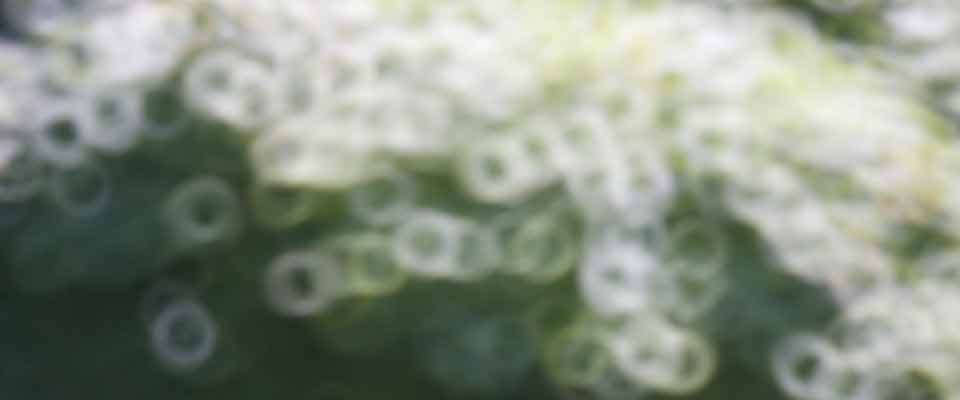
Well here's the shot I would have included a 'in focus' shot but using a fixed aperture ƒ8 (500mm x1.6 =) 800mm my inability to hold it steady at 1/25 sec was evident
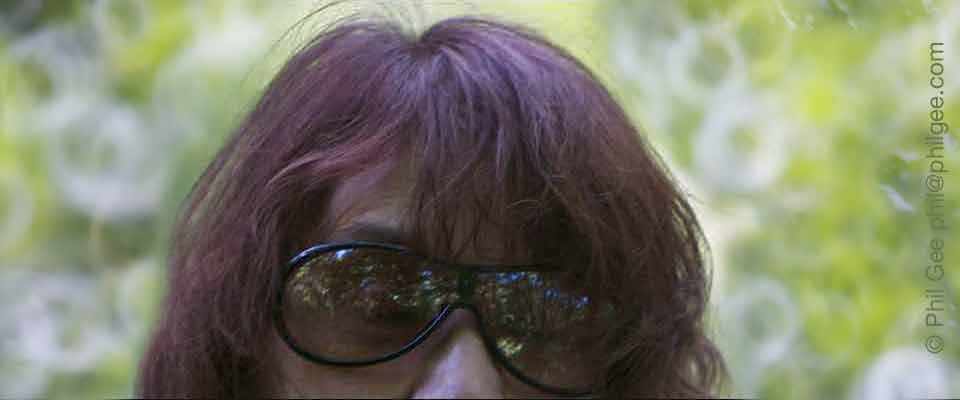
Slightly better on a full frame only 500mm so less potential for wobble blur
You need to take care that these Entrance Pupil and Iris Blur shapes do not overpower the subject (unless that is the intention ~ Mysteron invasion) .
It is very easy to create different Iris blur shapes by simply changing the Entrance Pupil shape we often did this in the pre Photoshop days, especially at Christmas when a aperture the shape of a christmas tree was taped to the lens and on Feb. 14th a heart shaped aperture could be used couldn't think of an appropriate one for July so used this I found with my effects filters ~
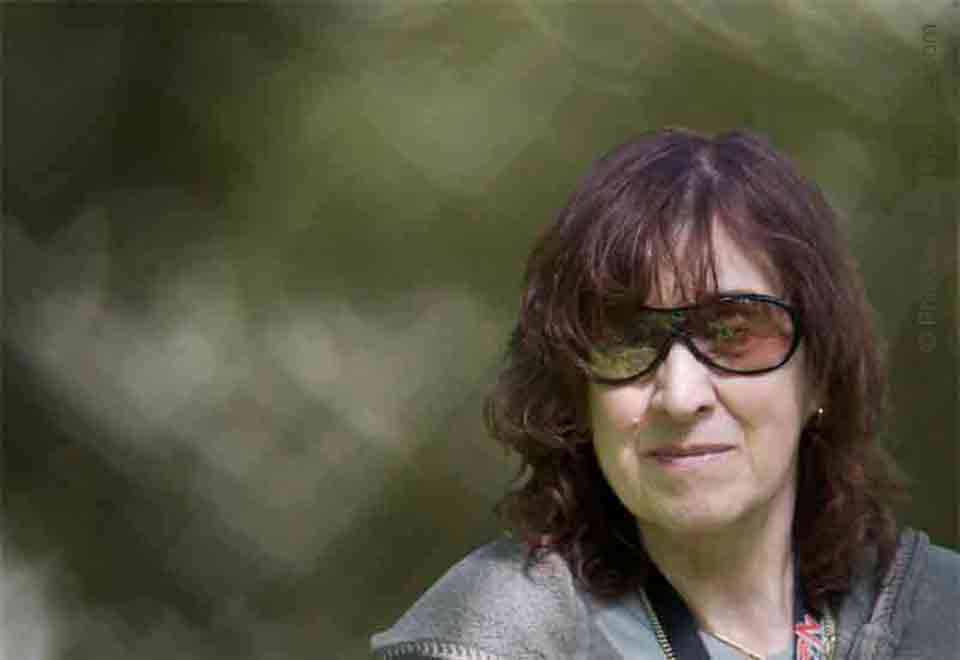
QED ( ƒ4 1/160 105mmx1.6 (D40) ISO 200 )
You need to get the right balance between subject and environment from the clean sterile seamless studio shot where the subject is isolated, to the busy maximum DoF shot where the subject can be absorbed by the detail of the background and is fighting for the viewers attention.
BQ (Bucket Quality) is the way I conceptualize it at the extremes the Bucket is either full of whitewash or full of bits getting the right mix is where the Quality comes from.
So forgive me if I titter when I hear it called 'Bouquet'
Notes to self
Its all blur its just how you use it!
'Bokeh' balderdash might as well call it the Bucket Quality ~ BQ~ not Bouquet far too pretentious
Separation - Subject from background
Circle of confusion sketches etc..
Airy Disc - phenomenon due to diffraction of waves passing though an aperture creates a Airy Pattern ( George Biddell Airy) series of concentric circles of light and dark due to - constructive (bright) destructive (dark) interference bright spot at center is the Airy Disc
If all the defects in lens could be reduced to a minimum it would always suffer from diffraction hence the term diffraction limited' for the highest quality of manufactured optics.
In practical terms the smaller the aperture the greater the effect of diffraction ref table
Aperture Shape - Catadioptric Lens (mirror lens) Entrance Pupil shape v Iris diaphragm aperture shape
Aberration
Flare - Iris internal reflection
Coma
Spherical aberration - out of focus blur
Motion Blur - Camera, Subject, Environment
In Pin hole images the image is created by fuzzy blobs?
TBC
